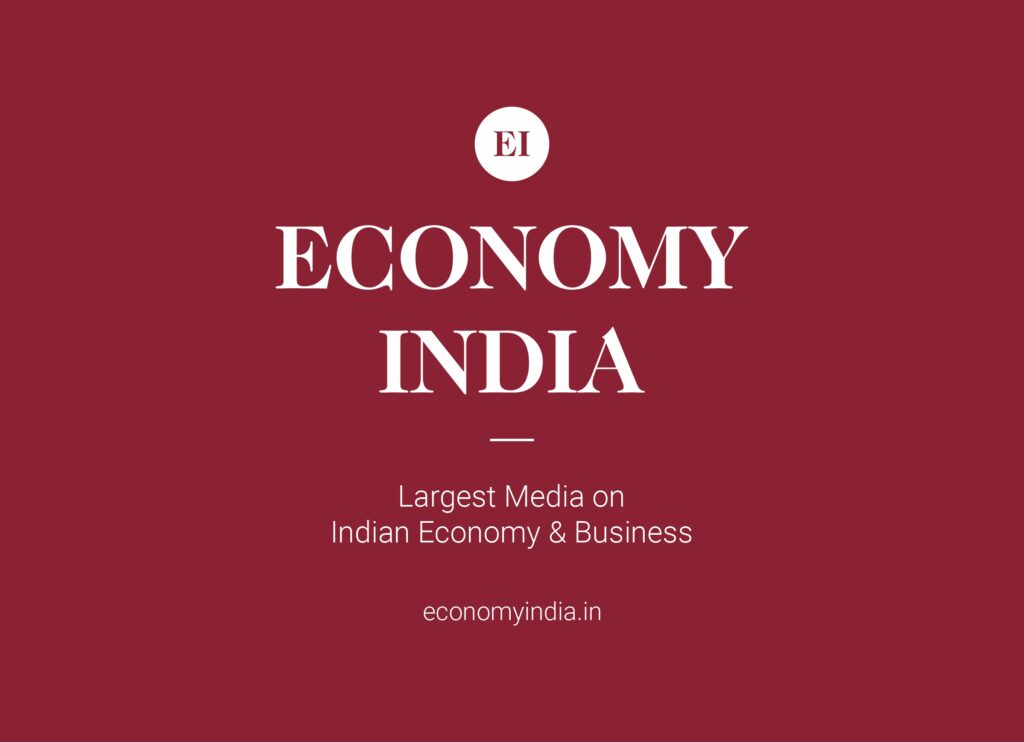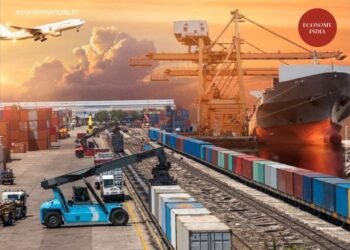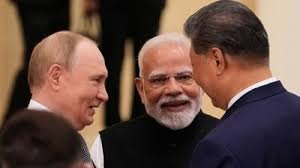The COVID-19 pandemic has, since early 2020, put the world economy in serious jeopardy, and forced a transformation of human lives and livelihoods globally.
By Rusen Kumar
One of the most unique years in recent times, CY (Calendar Year) 2020 stood witness to the outbreak of the COVID-19 pandemic, which disrupted and shifted socio-economic dynamics globally, including India.
Covid-19 has caused widespread devastation of man and animal life and livelihood and it is still haunting the global economy in several ways. Consumption pattern is changing and companies are resetting their supply chains both globally as well as locally. These changes will have wider ramifications for the economy.
The year saw the pandemic spread across different geographies with different intensity, leading governments, businesses, organisations and individuals to respond in their own unique ways to adapt to the new normal.
It was truly a year of two distinct halves, with the first two quarters mired in uncertainty and the last two quarters witnessing some green shoots of economic recovery following the large-scale fiscal stimuli, monetary policy impetus, and massive public health efforts of national governments all across the world.
According to the International Monetary Fund and the World Bank, the global economy contracted 3.5%–4.3% due to the pandemic in 2020. Demand compression coupled with supply disruptions led to contraction in fixed investment, private consumption, and exports.
As per its July 2021 update in the WEO, the IMF has identified slower than expected recovery, with the vaccine rollout in many countries falling behind the intended pace, and downside risks still weighing on the economic momentum.
The risks are underlined by the chances of an inflation spurt and the possible tightening of monetary policy, which can further drag global growth below the IMF baseline.
The July 2021 update enunciates the divergent recovery across advanced economies (AEs) and emerging market and developing economies (EMDEs), identifying vaccine access as the principal fault line that divides regions that can look forward to increasing normalisation of activity from those that will continue to witness resurgent infections and amplified health risks.
The IMF notes that multilateral action will be key to narrowing this gap, and calls for sustainable and inclusive economic recovery across regions and across populations.
A significant step in this direction includes a US$50 billion proposal by the IMF, endorsed by the World Health Organization (WHO), World Trade Organization (WTO), and the World Bank, which provides a target-based and practical approach to delivering vaccines equitably worldwide.
Another notable initiative is the proposed US$650 billion General Allocation of Special Drawing Rights at the IMF, providing unbridled access to international liquidity for financially constrained countries in order to boost reserve assets of all economies.
As things stand, the world economy is expected to grow by 6.0% in CY 2021 and 4.9% in CY 2022, from the current lower base.
Advanced Economies
The growth projections for AEs have been revised upwards, from the April 2021 WEO, to 5.6% and 4.4%, respectively in CY 2021 and CY 2022. Contact-intensive activities are expected to return with vaccine rollout in full swing. This is expected to further release the pent-up demand and savings, leading to better economic growth.
The recovery trends among AEs group are not uniform, defined as they are by behavioural and public health responses to infections, flexibility and adaptability of economic activity to low mobility, pre-existing trends, and structural rigidities.
The US$1.9 trillion relief package announced by the US government, coupled with the packages in March 2020 and December 2020, has accelerated the recovery in the country. The proposed US$1 trillion infrastructure package will also augur well for prospects of achieving pre-pandemic level business activity.
Emerging Market and Developing Economies
The forecast for EMDEs has been marked down to 6.3% and 5.2%, respectively for CY 2021 and CY 2022.
The vaccine procurement data in these economies indicates that a large majority of the population will remain unvaccinated/partially vaccinated for most of CY 2021. As a result, lockdown frequency will continue to be pronounced till the time the infections and their severity is contained.
This translates into a slower recovery trajectory for these economies. Smaller countries dependent on tourism will also see delayed recovery, given the pace of normalisation of international travel. The case is different in China, where early, concerted control measures were implemented at scale, leading to faster recovery in economic activity.
In emerging Asia group, the faster-than-expected recovery in countries such as India has led the expected growth to touch 7.5% and 6.4%, respectively in CY 2021 and CY 2022.
Trade Scenario
Global trade was significantly affected in CY 2020, as lockdowns were imposed worldwide and overall economic activity came to a standstill in key geographies that determine the course of global commerce.
According to WTO, at the close of the second quarter of CY 2020, the volume of global merchandise trade had plunged 15.0% (y-o-y) as many countries imposed lockdowns and travel restrictions to arrest the pandemic. However, towards the latter part of the year, as restrictions were lifted, trade picked up. Fiscal stimuli and effective management of the spread of the virus were key to resumption of activity.
As the year came to a close, global merchandise trade showed a yearly de-growth of 5.3%, a lesser fall than the previously estimated 9.2%. At a value level, the de-growth touched 8% for merchant exports and 20% for services receipts. Most regions registered a decline in imports and exports, Asia being the only major exception where exports grew by 0.3%.
Regions dependent on large-scale mineral exports such as Africa, South America and the Middle East registered the steepest fall in their trade volumes and value. Oil prices dropped by 35%, led by multiple factors, a major one being closure of businesses, which hampered economic activity, industrial production and travel.
This was further accentuated by oil price wars between Russia and Saudi Arabia, and large-scale oversupply in various markets. However, oil prices and commodities in general made a strong comeback towards the close of the year.
As per the latest forecast, the WTO records heightened prospects for global trade recovery, with faster-than-expected trade expansion.
Conclusion
The COVID-19 pandemic has brought with it prolonged and monumental human suffering, disrupting the world economy in unimaginable ways. Humankind has survived such episodes in history by responding with grit and determination; the intensity of the crisis, notwithstanding.
(Economy India)
(Source: NABARD, RBI, SEBI, Economic Times, IndiaCSR.in)










